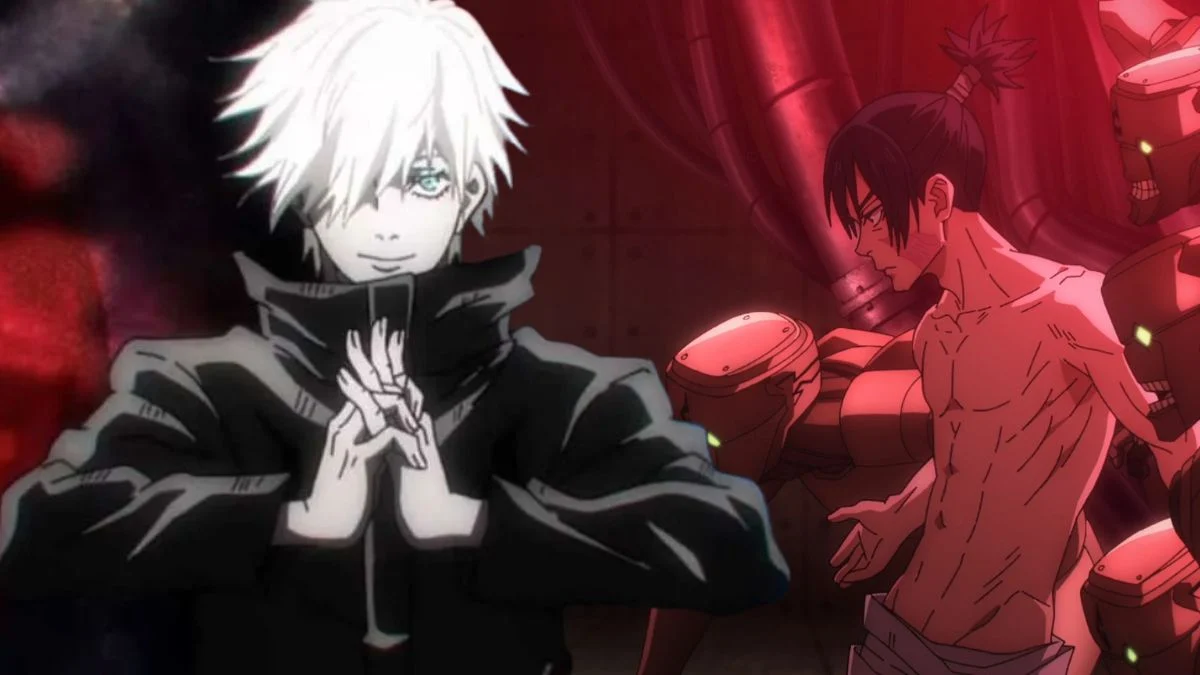
As a huge fan of ‘Jujutsu Kaisen’, I’ve always been fascinated by how sorcerers don’t just fight curses. A lot of what they do is actually about keeping things running smoothly behind the scenes. It’s not always flashy battles; they use their cursed techniques for all sorts of practical stuff. Think about creating barriers to hide dangerous incidents from the public, or even using cursed energy for incredibly precise medical treatment to save allies. It really highlights how versatile cursed energy is – it’s not just about destruction, it’s about logistics, investigation, and generally protecting people and maintaining order. It’s cool to see these more grounded, real-world applications of their powers!
Shoko Ieiri’s Reverse Cursed Technique
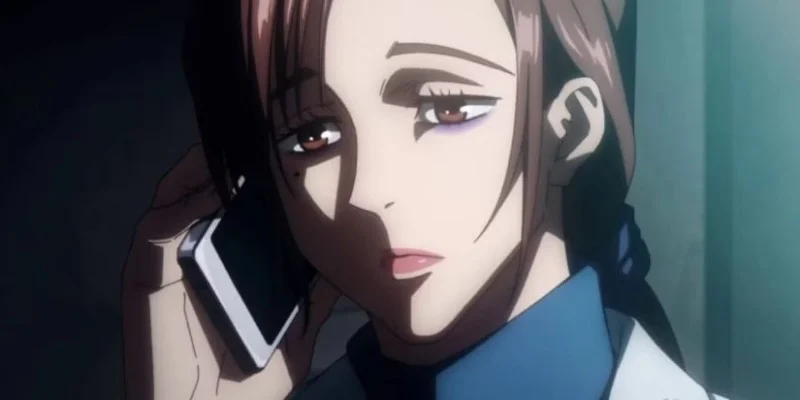
Shoko is a medical expert at Jujutsu High who uses a unique healing technique to treat injuries that regular medicine can’t fix. She provides immediate care, handles complicated healing procedures, and helps sorcerers recover after missions. She specializes in repairing damaged organs and preventing lasting negative effects from cursed energy, which helps keep sorcerers in fighting shape and reduces deaths during long conflicts.
Masamichi Yaga’s Cursed Corpse Creation

Yaga builds self-operating, magically-animated bodies to perform jobs such as security, moving equipment, and constant surveillance. He gives each one a programmed personality and set of instructions, allowing them to help with training and support students. Certain models are even designed to offer companionship and emotional support during recovery. This system provides 24/7 coverage without putting people in danger in magically hazardous areas.
Kokichi Muta’s Puppet Network

Kokichi uses remotely controlled bodies called Mechamaru to keep watch and communicate over large areas. He provides updates on missions, monitors the spread of curses, and shares live maps with both teachers and students. These Mechamaru also scout locations ahead of time, checking for safety and confirming escape routes. This helps keep everyone safe by minimizing exposure to danger and making teamwork easier, even when people are far apart.
Mei Mei’s Black Bird Manipulation
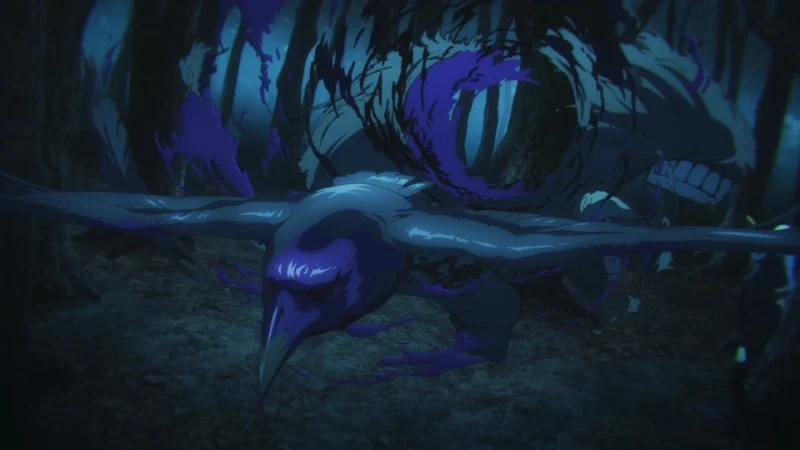
Mei Mei relies on crows to safely survey areas like city blocks, rooftops, and building interiors. The birds fly pre-planned routes, helping her find safe ways in and identify potential hazards, such as damaged walls. She also uses them to track how many people are around and how traffic is moving, so she can plan quiet and efficient escapes. This allows her teams to move through areas without causing panic and keeping civilians away from sensitive locations.
Kiyotaka Ijichi’s Curtain Operations

Ijichi uses barriers to conceal supernatural events from the public and define where sorcerers can operate. He controls access to affected areas, ensuring emergency services can work safely. Inside these barriers, he manages evidence and prevents cursed energy from spreading to populated areas. His system standardizes how incidents are handled, regardless of location.
Satoru Gojo’s Limitless for Safe Transport
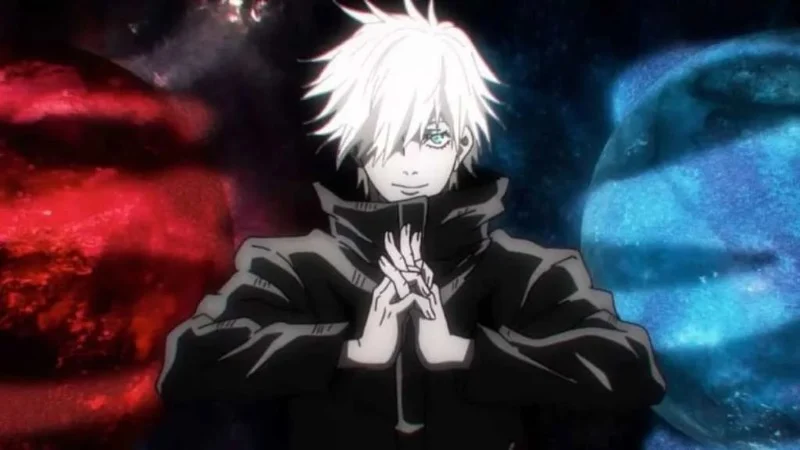
Gojo’s Limitless ability has two main functions: it creates a barrier to prevent unwanted contact and allows him to safely transport people through dangerous areas. Specifically, it can shield patients from debris and harmful substances during rescue operations. He also uses it for instant, long-distance travel with students. This significantly speeds up response times and minimizes exposure to curses.
Megumi Fushiguro’s Shikigami for Rescue and Logistics

Megumi uses his cursed spirits, the Divine Dogs, to follow scents and find people who are lost in buildings. He asks Nue to fly overhead and identify safe places to land on the roof. Max Elephant can create a lot of water to put out small fires and clean dangerous cursed energy from narrow spaces. Plus, his spirits can safely carry equipment through hazardous areas where it would be too risky for people to go.
Toge Inumaki’s Cursed Speech for Evacuation
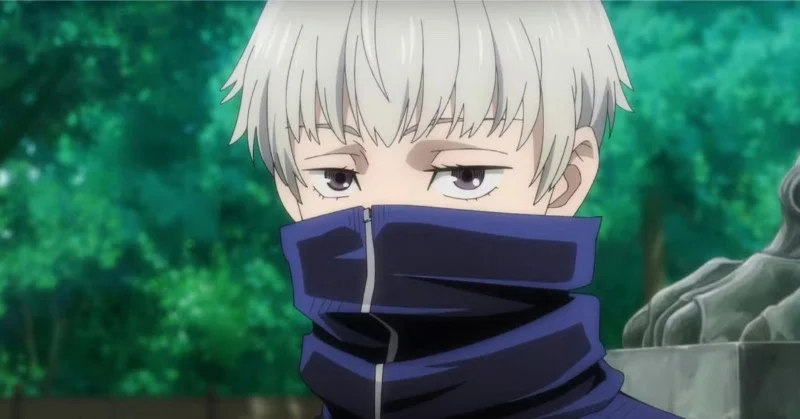
Toge uses gentle commands to direct people without scaring or hurting them. He gives quick, simple instructions like ‘move’ or ‘stop’ to help form organized lines and clear paths for medical personnel. When managing crowds, he prevents dangerous rushes by keeping groups spaced apart, which helps rescue efforts run smoothly and reduces the risk of injuries.
Kento Nanami’s Ratio Technique for Structural Access
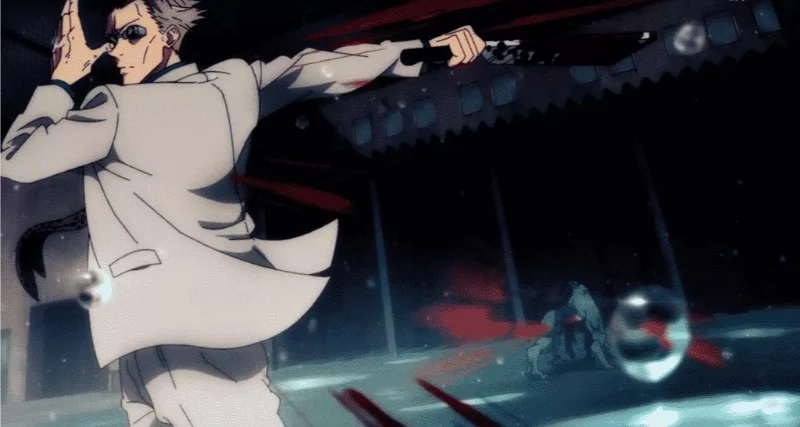
Nanami expertly finds the exact spots to cut into walls and objects during rescue operations, creating openings quickly and safely. He’s skilled at cutting through strong materials while minimizing damage, allowing rescue teams to move stretchers and equipment easily. His method carefully avoids weakening critical support structures, preventing collapses and transforming dangerous, disorganized areas into safe, usable spaces for rescue workers who aren’t magical.
Nobara Kugisaki’s Straw Doll Technique for Tracing

Nobara uses a technique where she connects personal items to lingering cursed energy, creating a kind of trail to follow. Investigators then use this trail to find secret hideouts, hidden objects, or rooms that have been tampered with. During investigations, she also secures drawers and storage spaces with protective talismans. This process helps maintain a clear record of evidence and makes it easier to review everything after an incident.
Share the clever non combat uses you want to see more of in future arcs in the comments.
Read More
- Bitcoin’s Ballet: Will the Bull Pirouette or Stumble? 💃🐂
- Can the Stock Market Defy Logic and Achieve a Third Consecutive 20% Gain?
- Dogecoin’s Big Yawn: Musk’s X Money Launch Leaves Market Unimpressed 🐕💸
- Deepfake Drama Alert: Crypto’s New Nemesis Is Your AI Twin! 🧠💸
- LINK’s Tumble: A Tale of Woe, Wraiths, and Wrapped Assets 🌉💸
- SentinelOne’s Sisyphean Siege: A Study in Cybersecurity Hubris
- XRP’s Soul in Turmoil: A Frolic Through Doom & Gloom 😏📉
- Binance’s $5M Bounty: Snitch or Be Scammed! 😈💰
- Ethereum’s $140M Buy: Will It Save Us? 😱
- ADA: 20% Drop or 50% Rally? 🚀💸 #CryptoCrisisComedy
2025-11-12 00:45